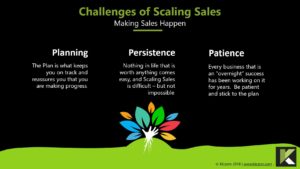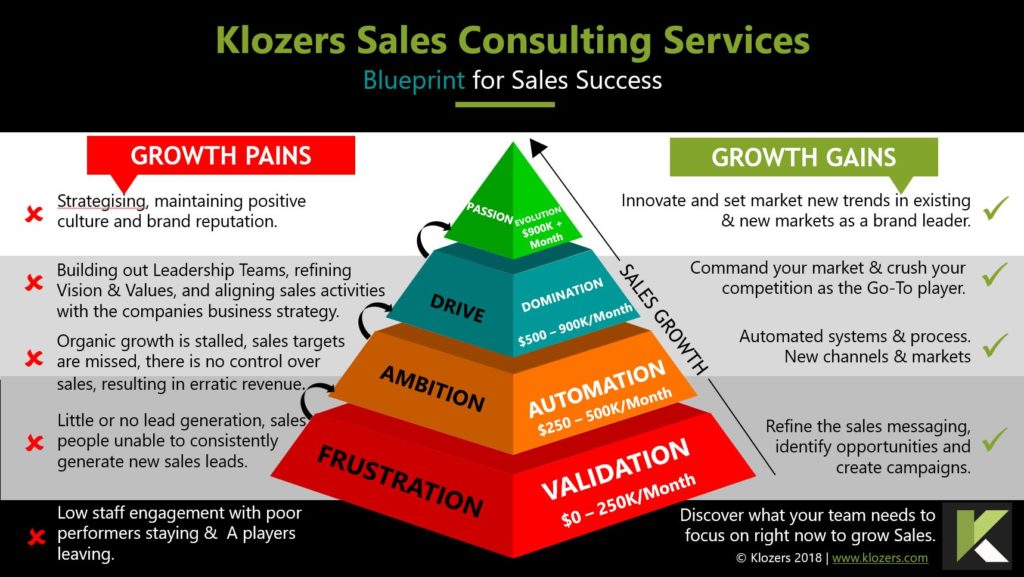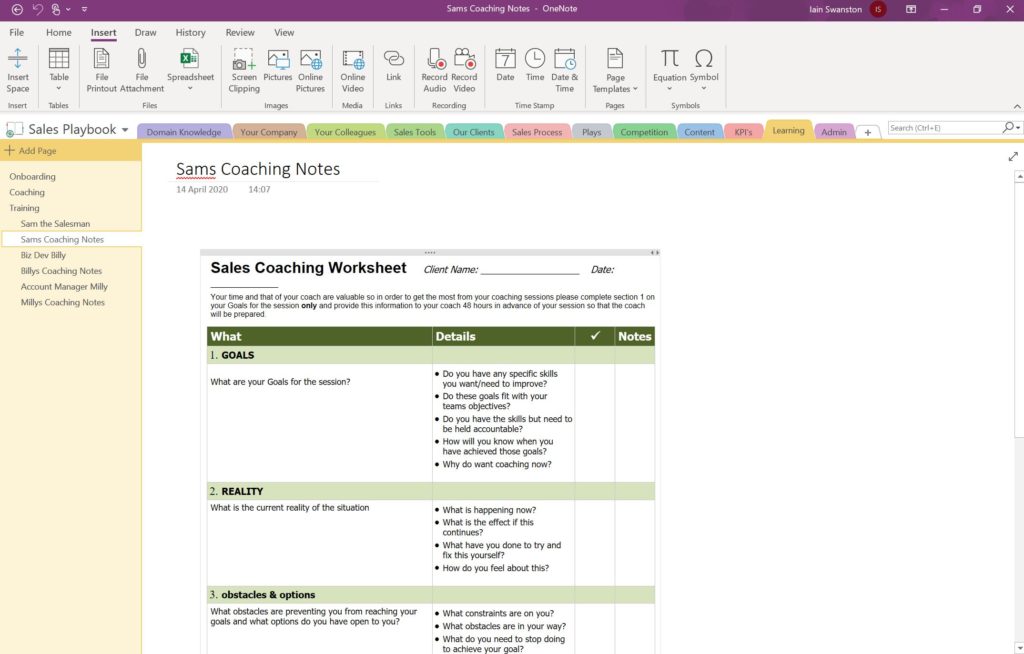If you follow this basic guideline, you’ll see that your sales team will respond better to training and be able to do more with what they’ve learned from their time in training.
Another rule that you should pay attention to in regards to training your team is the idea of repetition. You can’t expect that every member of your team remember every rule, procedure, and policy that you’ve told them for the rest of their lives.
In fact, most people can only retain about 20% of what they’ve learned over a month. To reduce the amount of information forgotten (and ensure that your team is up to speed), you have to train everyone on your team continually.
In terms of sales training content, whilst every business is different we would advise you include topics like how to engage buyers, selling skills, building a sales pipeline, consultative selling skills, reducing sales cycles and account growth.
This means that you need to train even the most senior employees of your team continuously.
TREATING YOUR SALES TEAM AS STUDENTS
Whether you’re training a new group of salespeople, or repeating an old lesson to a group of executives, you should keep a classroom-like state in mind. All of your sales representatives are students when they’re in training. Therefore, you have to act like a teacher to perform effective sales coaching.
Think about some of the best strategies that teachers in traditional classrooms use. For example: “See. Do. Teach.” This is a phrase that’s widely adopted by teachers who are looking to make effective students.
What this means is that if you want your salespeople to be as effective as possible, you have to show them what to do, ask them to do it, and then require that they teach someone else how to do it. Not only is this repetitive. It also requires your team to show their skills in three different ways.
After a student (or salesperson) achieves this line of practice, they are said to have mastered the material. However, we all know that one listen-in and two practice calls aren’t enough to make effective salespeople.
REACTING TO PROGRESS MADE AS A COACH
When you’re teaching a new or old group of salespeople, you should see the act more as a way of coaching them, rather than training them. We’re sure you know, your role as a coach for the sales team is to give individuals feedback based on what they do.
Rather than dictating how they should conduct sales calls, you should give the salesperson feedback based on what they could improve on. Don’t forget to highlight things they’ve done correctly as this will enforce them to do those things correctly again.
As you’re acting as a coach, it’s also essential to focus on one performance indicator at a time. Think about the one quality that you think would send this salesperson above and beyond as they’re conducting sales calls and conferences.
Don’t overwhelm your sales team by picking too many areas of focus at once. Let them ease their way into making sales by fixing one attribute at a time. You’ll also find that coaching and teaching them this way is more manageable as their focus remains on one thing rather than several things.
SALES MANAGERS
Often the most neglected but important role in sales is that of sales managers and sales leaders. These are the people who set the bar for sales performance and what is acceptable or not. In many cases sales managers were either the top sales rep or simply a manager with little or no sales experience.
Whether you buy in experienced sales managers or develop your own sales leaders this investment in talent will repay itself many times over.
SALES PERFORMANCE
It’s worthwhile noting that Sales Coaching and Sales Management are very different skills but both play an important part in building and increasing sales performance. Where possible you should separate the roles as a coach cannot make a coachee do anything where as Sales Managers can.
SELLING RESOURCES
Your SaaS team will inevitably need resources to help them make sales. These resources will range from research tools, to prospecting tools, through to klozing tools like online presentation and digital sign off tools.
Other than mentioning Microsoft which everybody has anyway, we deliberately don’t provide a list of resources in order that this blog can remain vendor neutral, however, we’re more than happy to talk through the resources that we have found to work best.
DOCUMENT EVERYTHING
When you’re training salespeople most companies default to the traditional model whereby they hire a trainer for a day or two days in house training. This may work for some but from experience we have found that at least one member of your sales team will leave. It then becomes financially impossible to have a trainer return to train the one new hire.
We recommend documenting all the training in an electronic B2B Sales Playbook which is living, working document that can be updated and refined as your sales team matures.
Our Playbooks provide a single point of reference and storage for everything a sales person would need in order to be successful selling tech based solutions.
The Playbooks are built in Microsoft OneNote and work across both Windows and Mac devices.
















